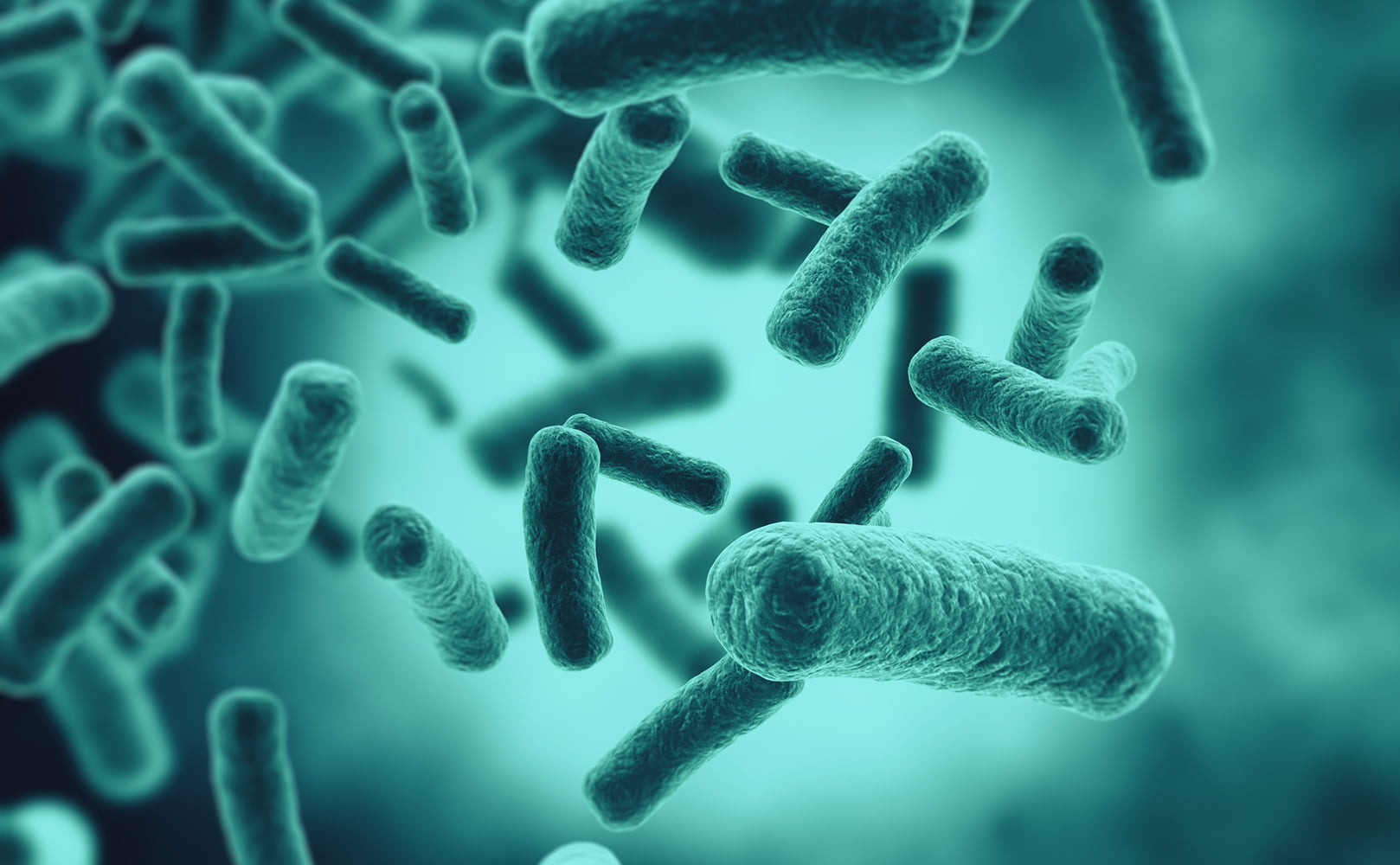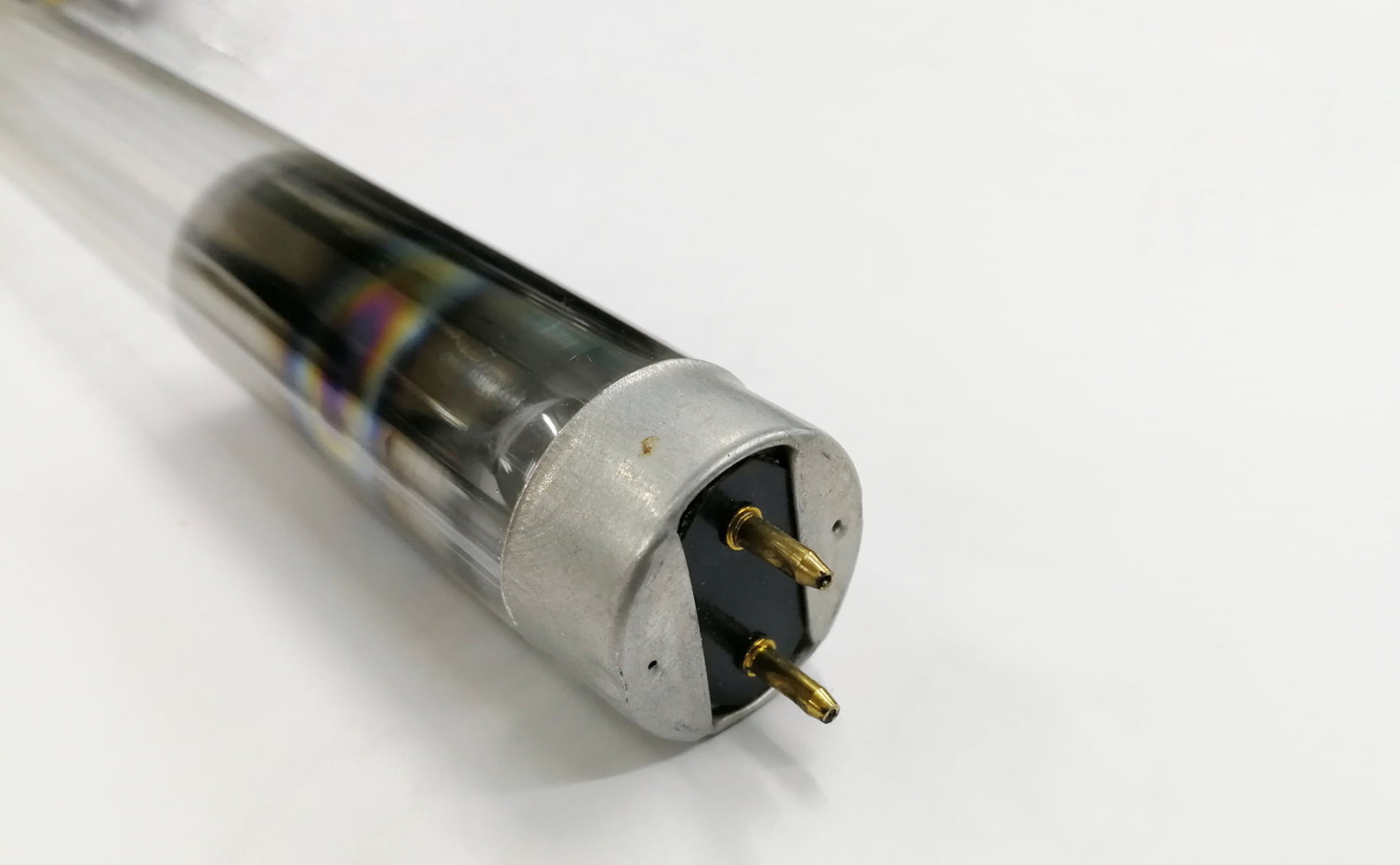How Does UV Light Kill Bacteria in Water? Learn Here!
Written by: Gene Fitzgerald // Last Updated: Nov 24, 2022
This page may contain affiliate links. If you buy a product or service through such a link we earn a commission at no extra cost to you. Learn more.
UV water purification is considered the most effective method for killing bacteria in your water supply.
With the potential to neutralize pathogens like giardia (no, not a bacteria), which even chlorine cannot do, it really is top-of-the-line when it comes to home water sanitization systems.
But how does it work exactly? How does UV light kill bacteria in water?
Key Takeaways
- UV-C lamps in a UV water purifier emit radiation that neutralize bacteria in a water supply.
- UV light is highly effective against all known bacteria, as long as the UV dose is strong enough. Purification rates: Up to 99.9999% and even higher.
- Different kinds of bacteria require different irradiation times to be killed.
How Does UV Light Kill Bacteria in Water?
UV light is deadly to most microorganisms if used under the correct conditions. A UV water purification system is able to neutralize 99.9999% of harmful bacteria in your water by emitting radiation that destroys the ability of the bacteria cell to replicate, and it can do this in a very short period of time.
For the UV light to be able to reach the bacteria, the water passing through the filtration system needs to be free of suspended particles and other solids that the pathogens might hide behind. For this, you may need pre-treatment.
How Does UV Disinfection Work?
UV disinfection is a very safe, chemical-free process for sanitizing water. It works by exposing the water to a UV dose, which is measured by the strength of the UV bulb (mW/cm²) and the length of time the water is exposed to it (seconds).
Depending on how much the UV dose, it has the potential to destroy highly resistant bacteria. It is designed to be the last step in your home water purification process, sending water through a tube-shaped device where the UV bulb sits, before coming through your faucets.
The bulb will emit UV-C as the water passes through, disinfecting the water by inactivating any pathogens in it.
How Long It Takes to Kill Bacteria in Water
A UV water purifier is a very quick method for disinfecting water. While different kinds of microorganisms require different lengths of time to be inactivated, most bacteria are done in under 2 seconds.
For example, in a purifier that emits a UV intensity of 30 mW/cm²,
- Dysentery bacilli can be neutralized in 0.15 seconds,
- whereas Staphylococcus Albus needs 1.23 seconds.
In systems that are stronger, those irradiation times decrease. In systems that are weaker, the irradiation time will increase. If you are looking to kill mold spores and algae with UV light, the irradiation time is often longer, with blue-green algae taking 10-40 seconds to be 99.9999% sanitized.
Is UV Light Effective Against All Types of Bacteria?
UV light can neutralize all kinds of bacteria, providing the UV dose is at the appropriate strength. A UV dose measures the intensity of the UV lamp with the length of time the water is exposed to it.
Currently, there are no known viruses or bacteria that are resistant to UV light. Even giardia cysts, which cannot be effectively sanitized by chlorine, can be destroyed with UV light.
Depending on your source water and level of potential water contamination, it may be best to go with higher-strength units. If you are using well or lake water, the higher strength units (minimum 40 mJ/cm²) are recommended to adequately disinfect your water. Municipal water can usually be sterilized with a system that emits a minimum dose of 16 mJ/cm².
Another concern is a phenomenon known as reactivation. If your UV dose is not high enough for the various types of bacteria in your water, then not enough damage will be done to the cell of the organism as it passes through the unit. When this happens, the organism can go through a process of cellular repair, fixing the damage from the UV radiation and then going on to replicate into a disease-causing colony.
Factors That Affect How Effectively UV Light Kills Bacteria
UV Dose
The UV dose must be high enough to kill the bacteria found in your water. Again, this is an equation of UV light intensity and time of exposure.
Turbidity
Your water should be clear before running through the UV purifier, to avoid bacteria hiding behind small particles in the water.
Turbidity levels lower than 1 NTU (nephelometric turbidity units) are recommended for optimal functioning.
Water Hardness
Water hardness lower than 7 gpg (grains per gallon) is needed to ensure the quartz sleeve within the purifier does not fog too quickly.
Iron Content
Iron exceeding 0.3 ppm (parts per million) will require the installation of a prefilter.
Tannins
Tannins exceeding 0.1 ppm will require an ultrafiltration filter.
Manganese
Manganese exceeding 0.05 ppm will require a pre-filter.
How to Make Sure That Your UV Water Purifier Kills Bacteria Effectively
Your pre-filters are up and running, your water quality is clear, and your purifier with the correct UV dose has been installed, now how can you make sure bacteria is being killed effectively?
The answer is adequate maintenance of all your systems. This includes changing your pre-filter cartridges regularly and performing scheduled checks and maintenance on your UV water purifier. If everything is properly maintained, you should have the purifier functioning optimally, and maintaining its disinfection rate of 99.9999% or even higher.
Luckily, maintenance of a UV water filter is quite simple, and can usually be done yourself. The two main things you need to do are to replace the UV bulb every year, clean the quartz sleeve every year and replace it every two, and monitor the system for alarms/alerts that indicate something is not working as it should.
Replace the UV Light Bulb
- Turn off your water supply.
- Remove the protective cap at the top of your purifier.
- Unplug the filter from its power supply.
- If the bulb is cool enough, open the reactor chamber and unscrew the old bulb.
- Insert the new bulb into the quartz sleeve.
- Close the cap and plug the filter back into the water supply.
- Once everything has been installed properly, reconnect to the power supply
Clean/Replace the Quartz Sleeve
Clean
- Turn the filter off, and unplug it.
- Remove the sleeve very carefully. It is delicate glass and can easily break.
- Dip the cloth into a mildly acidic cleaner and gently wipe the entire sleeve.
Replace
- Switch off your water supply, and unplug your purifier.
- Let the system cool, then remove the sleeve from the chamber.
- Slide the new sleeve into place and fit the UV bulb.
- Re-fasten the safety cap, plug your system back into the power source and turn the water back on.
Advantages & Disadvantages of Killing Bacteria with UV Light
Advantages
- Consistently high rate of disinfection, providing the right conditions have been met.
- Chemical-free treatment.
- Does not affect the taste and smell of the water.
- Highly energy efficient and cost-effective.
- Does not produce any waste or residue.
- Easy to install, use, and maintain.
- Won’t damage your pipes.
- Extremely fast disinfection.
- Takes up very little space.
Disadvantages
- Does not clean water or remove contaminants, only kills them.
- Does not improve the odor, taste, or clarity of your water.
- Requires a consistent source of electricity.
- Water needs to be clean and clear before running through the purifier.
- Hard water sources require additional treatment, or the quartz glass sleeve will need to be replaced more often.
- Water can sometimes come out warm.
- Hard to visually inspect for issues.
If you have any thoughts about the question, can and how does UV light kill bacteria in water, please don’t hesitate to leave a comment below!
Information provided on BOS is for educational purposes only. The products and services we review may not be right for your individual circumstances.
We adhere to strict editorial guidelines. Rest assured, the opinions expressed have not been provided, reviewed, or otherwise endorsed by our partners – they are unbiased, independent, and the author’s alone. Our licensed experts fact-check all content for accuracy. It is accurate as of the date posted and to the best of our knowledge.



